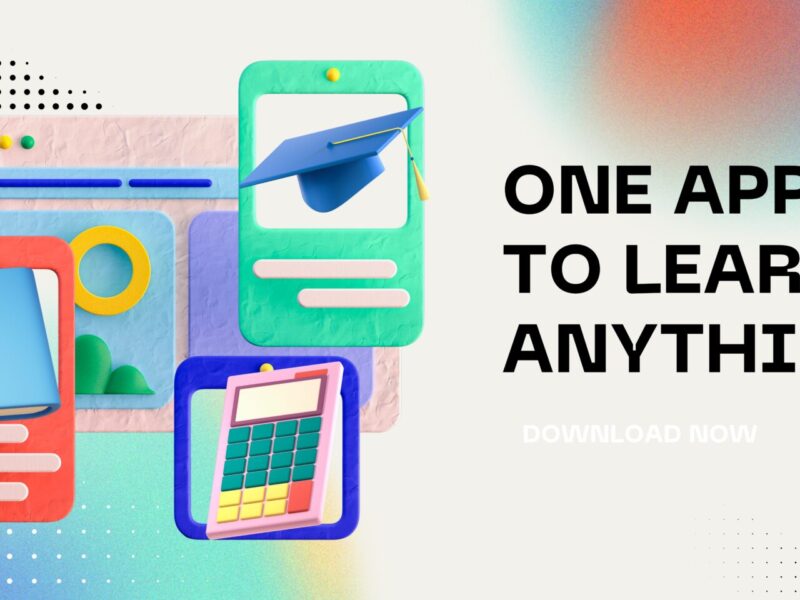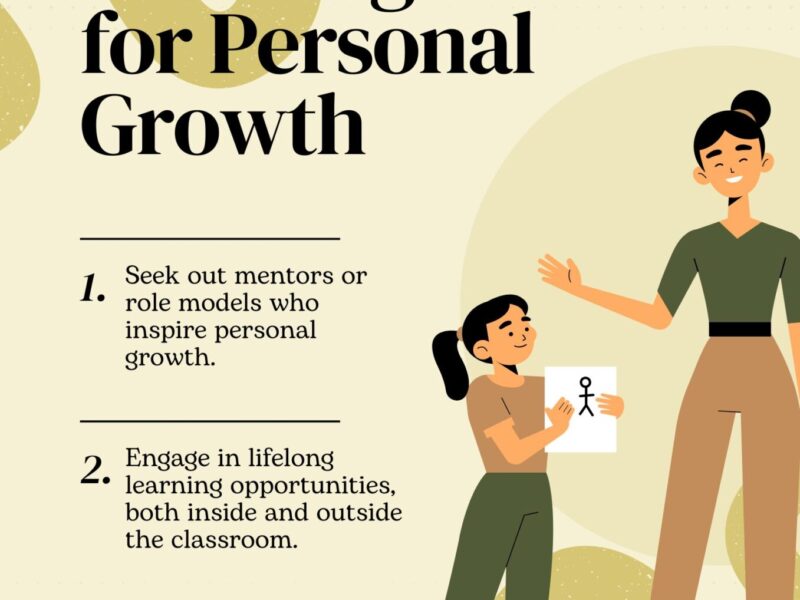Mobile learning or m-learning has indeed become an efficient platform where students, professionals, and lifelong learners can learn anywhere and any time. Mobile Learning: Studying Anytime, Anywhere.This article centralizes the following aspects of mobile learning- definition, benefits, challenges, and future nibbles on the topic, showing how this advance has transformed education and skill development.Mobile Learning: Studying Anytime, Anywhere.
1.Some mobile learning applications
Mobile learning includes usages of mobile devices like smartphones, tablets, or similar devices for learning purposes.
Defining Features of Mobile Learning:
Portability: Access to content can be provided at any point, thereby removing geographical restrictions.
Interactivity: Most of the mobile applications come with quizzes, games or other features of fun learning.
On-Demand Access: Content would be available at any time and would fit as per the learning schedule.
Personalization: Personalized learning experiences through mobile platforms are offered through algorithms.
2. The Emergence of Mobile Learning
The proliferation of mobile phones and access to inexpensive internet facilitated the advent of mobile learning.
By global statistics:
Approximately 65% of the world population uses the internet.
These developments make mobile one of the very fast racing trends in education.
Yesteryears Point of View:
The early mobile platforms for learning were predominantly SMS-based, wherein very brief short educational messages were delivered.
Absence of an app store along with the introduction of advanced smartphones opened gateways to mobile learning in the late 2000s.
At present, the popular platforms are integrating artificial intelligence, augmented reality, and virtual reality to intensify immersive experiences.
3.Mobile Learning: Benefits.
Mobile learning is the latest trend that would benefit learners, teachers, and institutions in numerous ways.
a)Flexible and Accessible.
Most beneficial of this flexibility is for working adults, the parents, and the learners in rural areas.
b) Personalized Learning
Many of the mobile-based platforms are mapping contents to the learning style and progress of individual students using AI; thus, ensuring a personalized and customized experience.
c) Cost-Effective
Mobile learning is more economical than traditional education for travel, materials and tuition fees.
d) Increase Motivation
Gamification, interactive videos, and multimedia resources inspire learning on mobile devices to be even more engaging and exciting.
e) Real-Time Updating
Mobile platforms are capable of instantaneous course material updating to provide the learners with the latest information.
f) Cross-Platform Synchronization
Seamless switching of devices on the part of learners enhances continuity through picking up where left off.
These services are provided across very many fields and sectors. Here are few:
a) Formal Education
Mobile Applications are used by the schools and universities to deliver the lectures, assignments, and evaluations.
b) Professional Learning
Use mobile as the medium to upgrade the skills of employees on the new compliances, policies, and tools. Named popular platforms for corporate training include LinkedIn Learning, Udemy.
c) Language
With the help of the mobile application language like Duolingo, Babbel, and many such learning did become really easy, interactive, and entertaining.
d) Health and Fitness Education
Fitness is able to bring out and into the m-learning by providing instructional videos, tips, and rules concerning nutrition, exercises, and wellness.
e) Remote and Lifelong Learning
Mobile enables people away from society to be educated and itself leads personal and professional development in all genders toward lifelong learning.
4. Mobile Learning Setbacks
There are numerous advantages associated with mobile learning, but alongside this, mobile learning also has some problems to be solved.
a) Digital Divide
In addition, the cost associated with owning smartphones or obtaining reliable internet access is beyond many and simply prevents them from obtaining access, especially in low-income or rural populations.
b) Distracting Environment
Quite a part of the distraction is caused by the social networking applications and notifications from other applications, as well as entertainment applications, which really affect the student’s concentration.
c) Limited Space
Narrow screen size is one hurdle that prevents alteration from completely engaging in complex content such as diagrams with a lot of details or long readings.
d) Technical Problems
Obstruction in the smooth mobile learning experience would comprise factors like battery, infrequent charging, app compatibility problems, and inadequate device memory.
e) Lacking Standardization
By the quality and claims attached to mobile learning applications nowhere does a learner find the most trustable platform.
f) Threats to Privacy and Security
Breach of privacy and cyber security threats by collecting information from users by the applications.
5. Mobile Learning Effective Strategies
These strategies would best suit learners and educators in reaping the maximum benefit from mobile learning:
a) Establish Clear Objectives
This will give a clear definition to learning outcome so as not to lose focus and for progress measurement.
b) Choose the Right Platform
Those apps or platforms that suit your learning objectives and have reliable and credible content must be opted for.
c) Utilize Interactive Features
Incorporate these gamified activities, quizzes, and discussions in your study to boost learning.
d) Take Breaks
Take regular breaks from the screen to avoid long stretches of viewing time.
6.Technology Innovation in Mobile Learning
The introduction of mobile technology has greatly enhanced the learning experience in terms of quality.
a) Artificial Intelligence
AI is elevating the learning environment through chatbots, virtual tutors, and individualized pathways through adaptive learning.
b) Virtual Reality and Augmented Reality
AR and VR cross boundaries in creating an immersive experience in mobile learning, making concepts more tangible and alive.
C. Mobiles in Clouds
It will allow anyone over the Internet access to collaborative tools, application, and resources by cloud mobility.
7.Artificial Intelligence
AI will elevate the learning environment through chatbots, virtual tutors, and individualized pathways through adaptive learning.
Mobiles in Clouds
This will allow any person over the Internet access to collaborative tools, application, and resources through mobility by cloud.
Mobile learning gamification or gamification in learning mobile apps: Learning will be fun and competitive nowadays by application with game-like features.
Voice Assistants
Hands-off, voice-activated tools like sas Alexa Skills and Google Assistant allow interaction with educational material underpinning a performing culture of learning.
8. Famous Mobile Learning Platforms and Their Applications
a) Duolingo
This Application for learning languages has made learning bite-sized and adds gamification.
b) Khan Academy
Free educational content in nearly all disciplines of learning available on mobile use.
c) Coursera
University courses with mobile compatibility that permits downloading for offline use.
D) Quizlet
Another mobile application that allows for creation and studying of flashcards so that one can quickly review.
E) edX
Highly reputed courses presented with super-unique enabled formats available through mobile technology.
F) Skillshare
Covers a professional and creative set of skills through project-based learning modules.
9. What is Phuture of Mobile Learning
The evolution of mobile learning keeps on going with the advancing technologies and changes in learner needs. It also has bright future trends such as:
a) More personal equity
Hyper-personalized learning paths will be created for the individual learner as goals change and progress is gauged because of AI and data analytics.
b) 5G Technology will string all
Improved video quality streaming, virtual classes, AR, and VR experience via fast internet connectivity.
c) Wearables
Smart watch or AR glasses will offer the new ways to consume educational content on the move.
d) Inclusive
Development of more applications for inclusive learners providing them with accessibility through voice control and closed caption.
e) Sustainability in Mobile Learning
Energy efficient design of apps and digital resources will push the injection of green initiatives.


